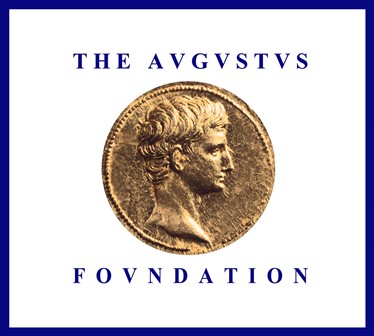
|
 |
- Home
- News
- Team
- Databases
- Conferences
- Oxford Studies on the Roman Economy
- Coin Hoards of the Roman Empire Project
- Affiliated Projects
- Publications
- Bibliographies
- Working Papers
- Links

Roşia Montană
Mine | Coordinates: 46.3°N 23.133333°E |
Romania / Dacia / Alba County | |
Chronology
 |  |  |  |  |  |  |  |  |  |  |  |  |  |  |  |  |  |  |  |  |  |  |  |  |  |  |  |  |  |  |  |  |  |  |  |  |  |  |  |  |  |  |  |  |  |  |  |  |  |  |  |  |  |  |  |  |  |  |  |  |  |  |  |  |  |  |  |  |  |  |  |  |  |  |  |  |  |  |  |  |  |  |  |  |  |  |  |  |  |  |  |  |  |  |  |  |  |  |  |
| -1000 | -900 | -800 | -700 | -600 | -500 | -400 | -300 | -200 | -100 | 0 | 100 | 200 | 300 | 400 | 500 | 600 | 700 | 800 | 900 | ||||||||||||||||||||||||||||||||||||||||||||||||||||||||||||||||||||||||||||||||
Location
Details
| Summary: | Large area of opencast (now largely destroyed) and undergound workings across 8 massifs in a richly mineralised ore body containing gold, silver and electrum. It seems that the ancient name of the main settlement was Alburnus Maior, with smaller settlements including a Vicus Pirustarum also attested. The mining works and the remains of buildings and cemeteries stretch over an area of 5.5 km² with of 7 km of Roman underground workings. The main extraction areas were at Găuri, Cetate, Cârnic, Cârnicel, Lety-Cos, Tarina and Orlea, with workings also at Jig-Vaidoia and Habad. Wooden writing tablets dating from between AD 131 and 167 have been found in several different mine galleries, probably hidden during the Marcomannic invasions of 167 which seem to have disrupted, though not entirely ended, Roman mining here. Brickstamps of Leg. XIII Gemina and dedications by beneficarii consulares attest some military administrative involvement, probably outposted from the administrative centre of the mining district located to the east at Apelum/Zlatna. Roman settlements surround the mining works at Tăul Ţapului, Hăbad-Brădoaia, and Hop-Botar, with cemeteries known at these sites and also at Părăul Porcului – Tăul Secuilor, Ţarina, and Tăul Cornei. Ore processing activity is attested at Ţarina and Jig-Vaidoia, but the associated settlements have not yet been found. Roman mining ended suddenly with the abadonment of Dacia in the reign of Aurelian. |
| Metals: | Gold, |
| Mining Techniques: |
Bibliography
Webdesign, databasedesign: Miko Flohr, 2010-2025. Content: OXREP, 2005-2025.